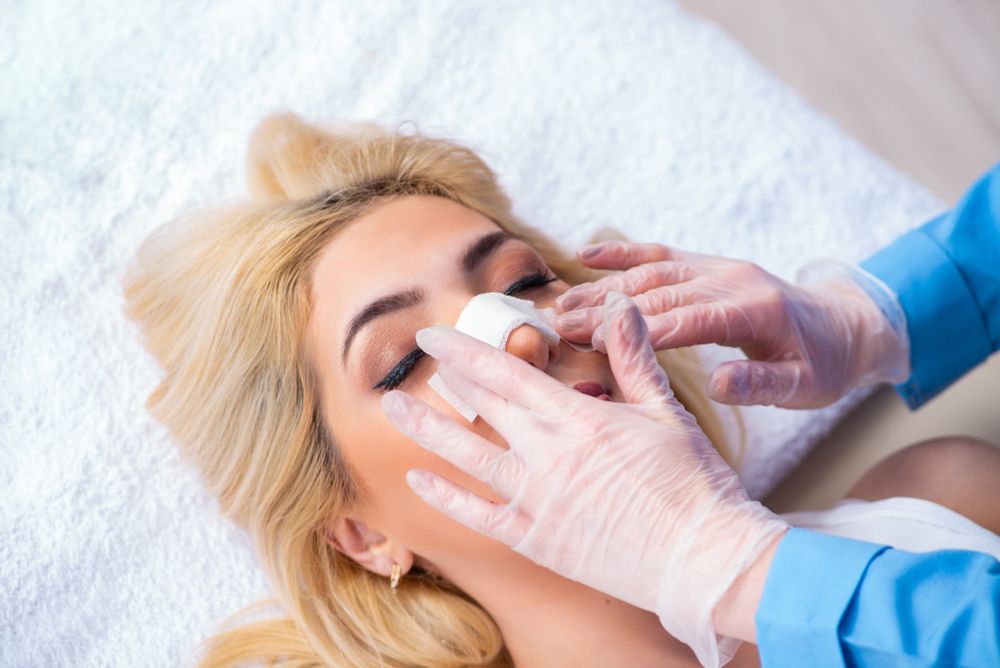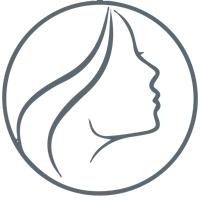Splints after Rhinoplasty
 As the central focus of the face, the nose has a big impact on the balance of the facial features. Dr. William C. Cohen understands facial proportions and what an important role the nose plays in the appearance of the face.
As the central focus of the face, the nose has a big impact on the balance of the facial features. Dr. William C. Cohen understands facial proportions and what an important role the nose plays in the appearance of the face.
Dr. Cohen expertly performs rhinoplasty surgery to address nasal imperfections and produce a nose that is ideal in both size and shape. However, recovery plays an important role in the final outcome of surgery.
Splints are one important aspect of rhinoplasty recovery. Splints after rhinoplasty aid our Orange County, CA patients as they heal from rhinoplasty surgery. Here, Dr. Cohen provides answers to some of the most frequently asked questions regarding the role of splints in the rhinoplasty recovery process.
Will Splints Be on the Inside or Outside of the Nose?
Splints can be placed either inside or outside of the nose following rhinoplasty surgery. In most cases, a small splint will be placed on the outside of the nose, along with bandages and packing. The splint is a small, rigid, metal structure that essentially acts like a cast for the nose.
Occasionally, internal splints are placed after rhinoplasty surgery. Internal splints are most common when the septum has been reshaped. An internal splint has the same shape and feel of an external splint (thought it will likely be smaller), but it is placed within the nose to help maintain its internal structure.
Why Are Splints Used?
Splints are like mini casts for the nose. They provide structure so that the bones and cartilage of the nose stay in their proper position as they heal.
Splints also create a barrier between the nose and any external forces. Ideally, a patient will rest and avoid any accidents during rhinoplasty recovery. But, if an accident (such as a trip or fall) were to occur, the splint can prevent damage to the nose.
Finally, splints minimize swelling. Although some swelling is inevitable, splints prevent inflammation from getting out of control.
How Long Will Splints Be in Place?
Splints can cause some degree of discomfort, and they also prevent patients from seeing just what the nose looks like under the bandages and wrapping. For these reasons, it is understandable that patients are eager to have the splint removed.
However, the splint plays an important role in recovery. It should be left in place until Dr. Cohen removes it. In most cases, splints are removed about a week after surgery, though occasionally splints may stay in place for up to three weeks.
Does Splint Removal Hurt?
Another common concern among rhinoplasty patients is whether splint removal will hurt. Most patients do not describe splint removal as a painful experience.
External splint removal should not result in any type of discomfort. When internal splints are taken out, patients may feel pressure and some mild irritation, but it is short-lived, and often followed by a feeling of relief to have the splint out of place.
Schedule a Consultation
If you are interested in learning more about rhinoplasty surgery, or the recovery period that follows, call (714) 628-1313 at your earliest convenience to schedule a consultation with Dr. William C. Cohen. Dr. Cohen looks forward to creating a personalized treatment plan to help you achieve your aesthetic goals.



